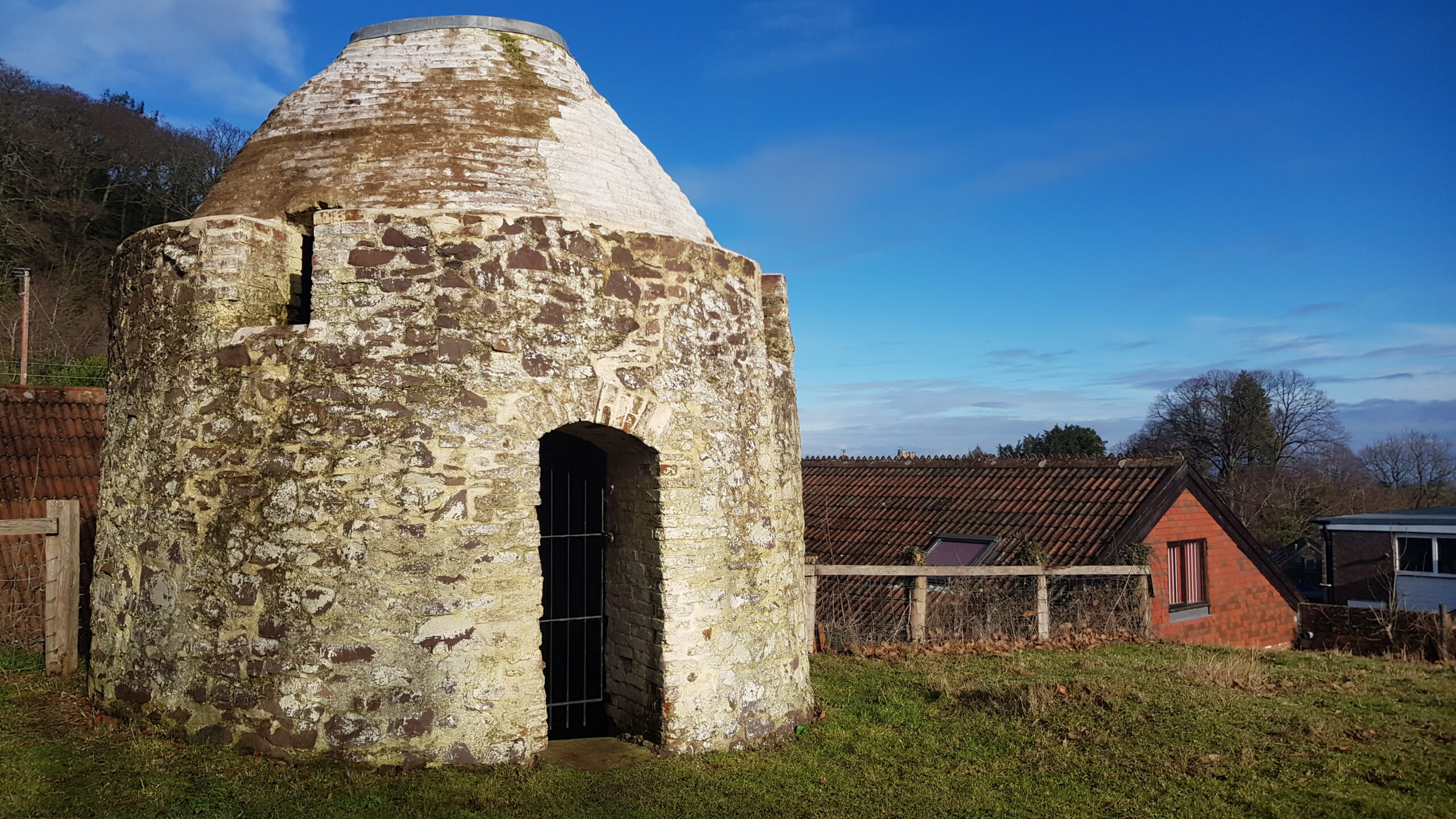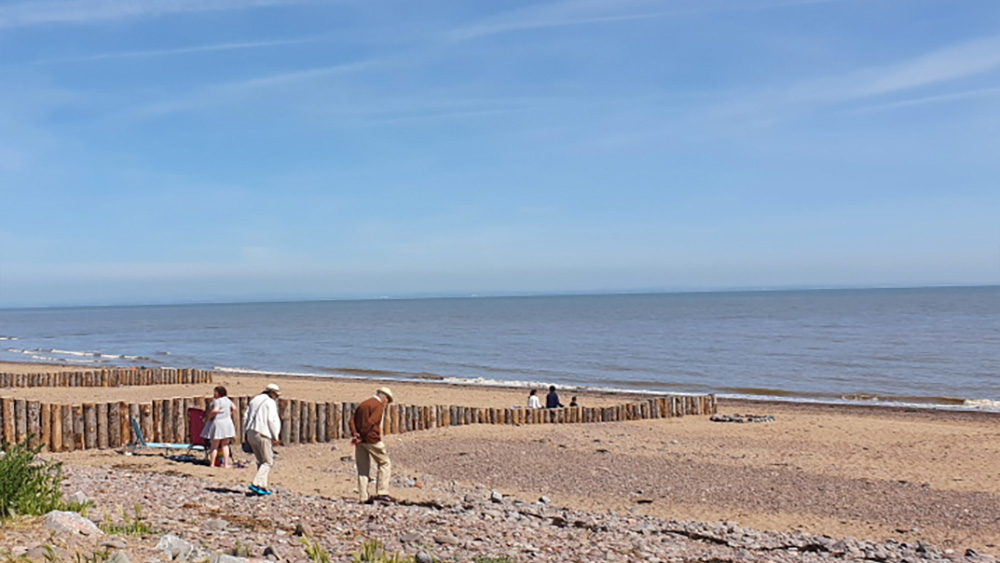There are many reasons why people flock to the village of Dunster. For some, it is because the village has historical significance. For others, it is the quaint selection of unique shopping opportunities and tea shops available that makes Dunster so appealing.
The truth is, there is something for everyone when visiting Dunster, so if you’re searching for some inspiration when visiting the vibrant village, why not try the following ten things to do in Dunster Village?
Dunster National Park Centre
If you have just arrived in the beautiful village of Dunster and are unsure where to start, then why not head to Dunster National Park Centre? The recently refurbished premises has a wealth of information about the area, as well as some exhibitions that shine a light on some of the natural wonders found in the village, including an introductory film to Exmoor National Park.
Children will adore the interactive exhibits, and there are plenty of friendly staff members available that can aid you with your itinerary when visiting Dunster.
Dunster Castle
Located on a 200-foot hill, Dunster Castle is the ideal day trip for those focused on landmarks and history. First built during the 12th century, Dunster Castle was acquired by the Luttrell family in 1379.
When you visit Dunster Castle, you can enjoy an in-depth tour of the castle and learn the rich history of the grounds, as well as the village itself.
Dunster Working Watermill
If you’re visiting Dunster because of the rich history associated with the village, you will love what Dunster Working Watermill can offer. The Grade 2 listed building can be found near the River Avill on Dunster Castle’s Ground and allows visitors to watch the production of wholemeal flour.
Visitors to Dunster Working Watermill can also purchase oats so they can make their own delicious porridge, and enjoy a glimpse into the past of the alluring village.
Lovers Bridge
Another alluring landmark nearby castle grounds is Lovers Bridge, a rustic location that was designed by portrait painter and designer Richard Phelps during the 18th century, The name of the bridge derives from the stone seats found within the papers, which made the bridge the perfect location for those wanting to spend quality time together.
As such, if you’re visiting Dunster with a loved one, then a visit to Lovers Bridge is a must. However, there is still plenty to enjoy for those searching for iconic landmarks and scenic surroundings.
Dunster Pottery Kiln
The Dunster Pottery Kiln was used to make roof tiles between 1750 and 1850, before transitioning to a garden shed. Originally, Dunster Pottery Kiln was part of larger premises, but the pottery building was demolished in 1850.
Restored in 2013, the kiln is now a historic landmark that can be enjoyed by those who visit Dunster, and as it is near the castle grounds, can be the perfect addition to your day out in the village.

Bat’s Castle
Although Dunster Castle provides plenty of opportunities to take a glimpse into the past, Bat’s Castle is also a must if you’re keen to learn about the rich history surrounding the village. Providing you with panoramic views of the Bristol Channel, the Iron Age hillfort was discovered in 1983 after some children found a series of coins dating from 102BC to AD350.
Dunster Beach
Regardless of the reason you’re visiting Dunster, a trip to the beach is a must. Dunster Beach provides a tranquil setting that has influences from days gone by in the form of scenic holiday chalets.
Visitors to the beach are free to rent the chalets, and there is even a snack bar nearby should you feel peckish when enjoying the view. If you prefer to explore your surroundings then why not try a walk from Dunster Beach to Minehead Beach? In addition to some beautiful views, you can also enjoy some wonderful photo opportunities.

Dunster Museum and Doll Collection
Although Dunster is awash with history, there are plenty of opportunities to learn about different cultures while enjoying a unique day out. A collection of dolls was first started in 1957 by Mollie Hardwick, and soon achieved iconic status. Following the passing of Mollie Hardwick in 1970, the collection of distinctive dolls was given to the Memorial Hall Committee so others could enjoy the fascinating figurines.
In addition to the Dunster Museum and Doll collection that will bring memories flooding back, there is also a wide selection of ethnic dolls that celebrate different cultures from all over the world.
Dunster Railway Station
First opened by the Minehead Railway, Dunster Railway Station dates back to the 18th century and is another example of how vast the history is within the village. Given how alluring and timeless the train station is, it is now Grade II listed and has been restored to give visitors an overview of life in Dunster centuries ago.
The tickets issued by Dunster Railway Station and other heritage lines use the Edmonson Press, a way of printing tickets that was first introduced during the 1840s.
Dunster Yarn Market
Following the construction of buildings like Dunster Castle, the village soon became a busy market town. The Dunster Yarn Market was first built during the 17th century and was built to showcase how important Dunster was regarding the trading of wool.
One of the most interesting aspects of Dunster Yarn Market is that avid historians can witness the damage caused during the civil war when viewing the Grade 1 listed building, in the guise of a hole caused by a cannonball during a siege that lasted for 160 days.
Whether you’re visiting Dunster for the first time or returning for another stay, there is plenty to do and see, and the ten aforementioned attractions ensure that everyone enjoys their trip, be it couples, children or avid historians.


Recent Comments